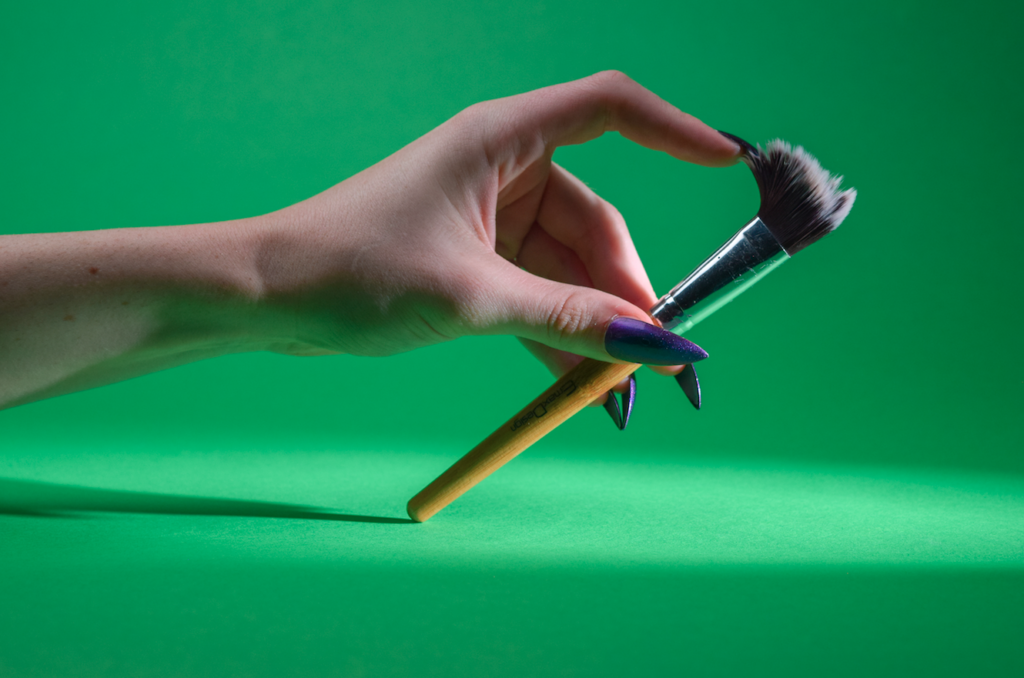ASMR videos is a genre of media that has been a growing trend in the recent years, with hundreds of videos being uploaded daily, gaining millions of views. The idea originally came from our professor Brady Teufel. We took a look at the Cal Poly population and how they feel about it.
ASMR (Autonomous/Audio Sensory Meridian Response) is a sensation that some people feel when they watch ASMR videos, often described as a tingling sensation, when triggered by certain sounds like chewing, or tapping. Some people are grossed out by the response, while others can feel relaxed and go into a trance-like state.
This was one of two stories my group struggled with at the start of the quarter. We had difficulty getting people who knew about, or made ASMR videos that were willing to go on camera and talk about it. In class discussions we found it was the somewhat taboo and sometimes sexualized nature of the topic that was what was giving us such difficulty.

We started by finding willing sources. Journalism senior James Hayes wrote a wonderful article regarding the topic, going in depth on people’s experiences and thoughts towards the issue.
“It was great working collaboratively to create different and engaging pieces of media,” Hayes said.
In fixing issues regarding the double deadlines I was left in charge of both social outreach and video, however some footwork had already been done by my classmates. Rather than spamming students with requests for interviews and feedback, I took the lead they gave me regarding outreach and continued their work.
For the video I worked with journalism senior Katie Biddle to grab students on campus who were willing to be filmed for a brief interview.

“It was fun pulling students into the video and helping with other sections,” Biddle said.
Most students during this part of the project had little to no knowledge of what ASMR was, or even of the genre of videos. Upon introducing it through a chewing videos we discovered it is more likely to gross out or annoy people, than provide the tingling feelings.
“Chewing is one of my pet peeves, so that video was just frustrating,” economics sophomore Keely White said.
Journalism senior Olivia Vort worked to capture compelling photos and audio to include as part of the interactive multimedia element. Her photo illustrations captured common themes, similar to that of the New York Times article about the topic.
“I learned a lot about ASMR from photographing different objects and producing sound clips using them,” Vort said.

Through this process we have learned to be flexible, and continue to push our sources for a response until we are able to get one. We can’t simply give up as soon as someone says no, they’re too busy, or they don’t have time. We also learned to lean on each other for help with any production elements, like me asking for Biddle’s help with photos, or Olivia working with Mustang News photographer’s for her elements.